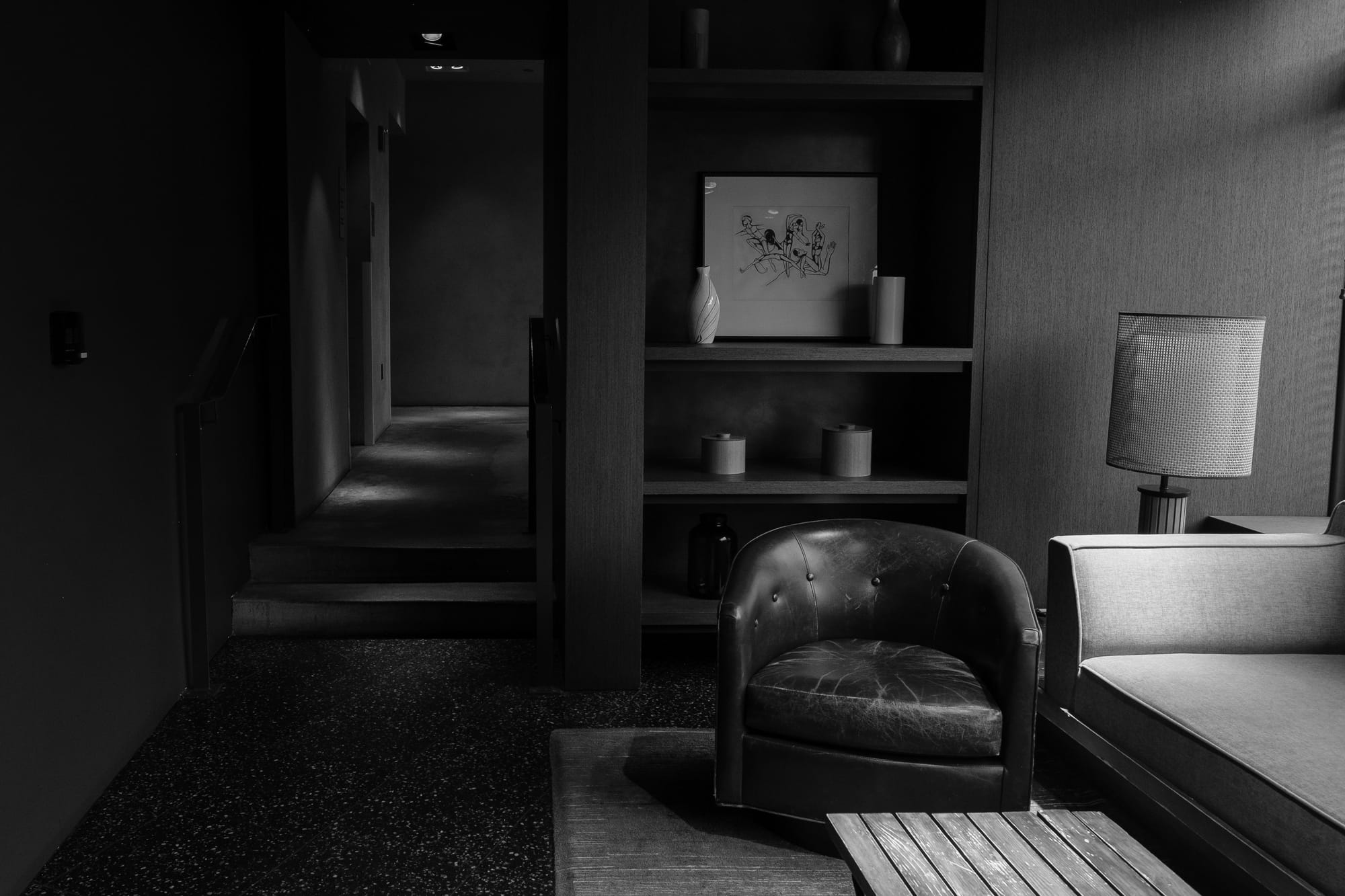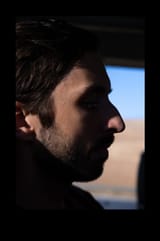Suggested Subject
What's not there becomes just as important as what is. Suggested subjects transform exclusion into a powerful compositional tool.

Every time you raise a camera, you're making a choice about what to include and what to exclude. What if that choice could become your most powerful compositional tool?
A suggested subject is anything your frame implies but doesn't fully show—the parts of reality your composition points to by partially excluding them. This layering creates presence and depth, giving images an environmental feel that extends beyond the frame's borders, while simultaneously creating richer associations within it. What's not there becomes just as important as what is.
"What's not there becomes just as important as what is."
This transforms a fundamental limitation into creative leverage. Every photo cuts something off. The suggested subject approach makes that constraint intentional.
Writer Peter Mendelsund explores a similar principle in What We See When We Read—how readers construct vivid mental images from authors' partial descriptions. Photography works the same way. When we see part of an object at the frame's edge, our minds leap to complete what's missing. Suggested subjects harness this natural cognitive process.
How It Works
When viewers see part of an object at the frame's edge, they can't help but fill in the rest. This participation creates deeper engagement—they become collaborators in the image's meaning.
Here's how this works in practice.

What initially caught my eye was the lived-in furniture and its warm, earthy tones set against the cool, white-speckled black terrazzo floor, with the warm wood walls adding vertical dimension to the space. The main subject is this worn leather chair, but I deliberately included partial views of surrounding furniture—the edge of a sofa and the end of the coffee table. You don't need the whole piece to communicate its presence—just the recognizable attributes that define it. Sometimes just a quarter of a coffee cup is enough to communicate the whole cup's presence.
The light sources aren't visible, but their presence is clear—cool winter daylight cast against warm copper Edison bulbs creating contrast that draws the eye.
What's not showing?
Everything except what's in the frame. This photo was taken at the Clever Coyote in the Robey Hotel in Chicago, at the intersection of Wicker Park's Six Corners. The Blue Line rattles adjacent buildings, bringing in visitors and locals for La Colombe Coffee and used books at Myopic, while street musicians and graffiti conversations beckon your attention.
Without these details, this photo could be taken anywhere—and sometimes that's the point—but with the mere suggestion of them, it adds context, weight, and meaning. Words, too, can be a kind of suggested subject, as they reach for and pull in representations of objects, place, memory, and feeling, all gesturing toward a larger world—at once deeply situated yet timeless precisely because it can never be wholly complete.
Before you click, look at what's just outside your viewfinder. Ask yourself: "How might the objects, messaging, or environment in my frame suggest a broader context beyond what's visible?"
Try including just the corner of a red barn, the edge of someone's coffee cup, or half of a street sign—enough to suggest the whole without showing it.
The Takeaway
You don't need the entirety of an object to evoke it. Partial presence gets fulfilled by the viewer through visualization. This constraint becomes creative power—the strength isn't just in what you show, but in what you make people imagine.
"This constraint becomes creative power—the strength isn't just in what you show, but in what you make people imagine."
Every photograph chooses what's in and what's out. Applying suggested subjects means using that choice as a compositional tool, making the frame itself point beyond its borders while pulling the surrounding context in. This is how photographs become stories rather than just images—by suggesting the larger world they're part of.
From the Edge,
Zack


